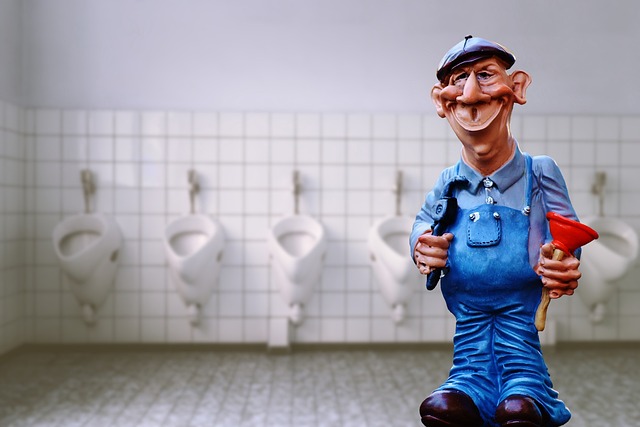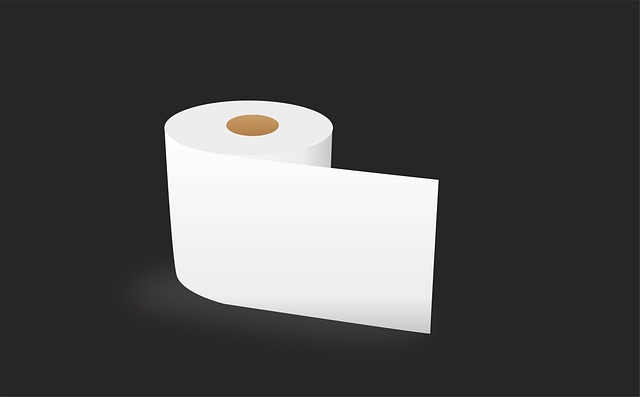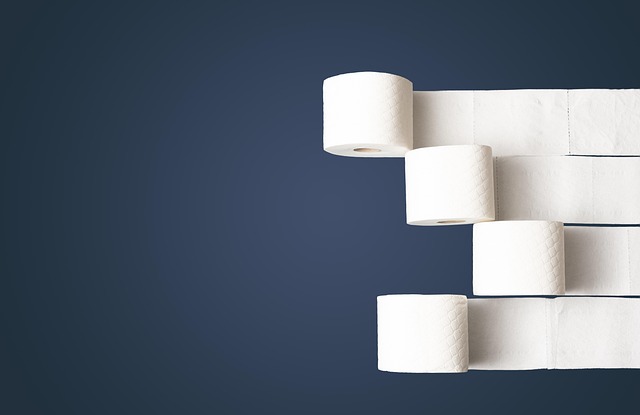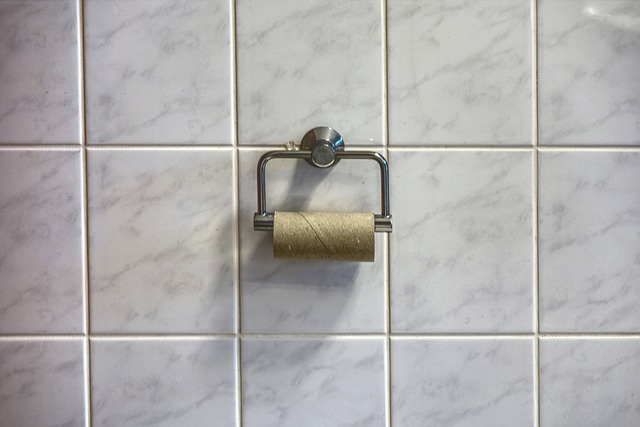This text provides comprehensive guidance on unclogging toilets, addressing both partial and complete clogs. It recommends using tools like plungers, snakes, gloves, hot water, baking soda, or vinegar. For persistent clogs, it suggests professional assistance. Regular maintenance and avoiding non-biodegradable disposals are emphasized to prevent future blockages, ensuring a smooth unclogging process when needed. The key takeaway is to be prepared with the right tools and knowledge for effective toilet unclogging.
Toilet backups can be a common household hassle, but fear not! This ultimate guide will equip you with the knowledge and tools needed to tackle even the toughest toilet clogs. Understanding the causes and types of clogs is key—from hair and toilet paper to foreign objects. We’ll walk you through a step-by-step process using simple tools and materials, ensuring you’re prepared to clear any clog efficiently. Learn the secrets to effective unclogging and bid farewell to blocked toilets for good.
- Understanding Toilet Clogs: Causes and Types
- Tools and Materials for Unclogging a Toilet
- Step-by-Step Guide to Clearing Even the Toughest Clogs
Understanding Toilet Clogs: Causes and Types

Toilet clogs can be frustrating and embarrassing, but understanding their causes is the first step in learning how to unclog a toilet effectively. There are two primary types of clogs: partial and complete. Partial clogs are usually caused by items like toilet paper, feminine hygiene products, or even hair that have built up in the drain. These can often be cleared with a plunger or a simple home remedy.
Complete toilet clogs occur when larger objects, such as foreign materials, toys, or even large amounts of soap scum, block the drain entirely. This requires more intensive methods like using a plumber’s snake (a long, flexible wire) to break up and remove the clog, or in severe cases, calling a professional plumber for assistance. Regular maintenance and preventing the disposal of non-biodegradable materials down the toilet can help minimize these incidents.
Tools and Materials for Unclogging a Toilet

When it comes to unclogging a toilet, the right tools and materials can make all the difference. For the average clog, you’ll want to have a few essential items on hand. Start with an over-the-drain snake or auger—a flexible metal cable that you twist and turn to break apart obstructions. These are highly effective for dislodging hair, soap scum, and other common culprits. Next, consider investing in a plumbing snake, which is more robust and ideal for stubborn clogs caused by foreign objects like toys, sanitary products, or even larger items that have been flushed unintentionally.
Don’t forget the importance of protective gear, such as gloves, to prevent contact with potentially harmful substances, and eye protection to shield against splashes. Additionally, having a bucket and some soap nearby can help with clean-up efforts. For more severe clogs, you might also need a plunger, which creates a powerful suction force to clear the drain. With these tools and materials readily available, you’ll be well-equipped to tackle any toilet clog with confidence and efficiency.
Step-by-Step Guide to Clearing Even the Toughest Clogs

Facing a toilet backup? No need to panic. Clearing even the toughest clogs is within reach with this step-by-step guide. First, gather essential tools like a plunger (preferably a bell-shaped one for better suction), hot water, and baking soda or vinegar. Begin by pouring about 1 cup of baking soda or vinegar directly into the toilet bowl. This will help to break down any built-up grease or soap scum.
Next, rapidly pump the plunger up and down several times to create a strong suction force. If the clog persists, pour hot water down the drain in a steady stream. Alternate between pumping the plunger and pouring hot water until the toilet is clear. For stubborn clogs, consider using a combination of these methods or seeking professional assistance.
Unclogging a toilet can be a challenging task, but with the right knowledge and tools, you can tackle even the toughest clogs. By understanding the causes and types of toilet clogs, and following a step-by-step guide, you’ll become a pro at clearing obstructions efficiently. Remember, a little prevention goes a long way, so maintain your plumbing regularly to avoid future blockages. With these tips in mind, you’ll be well-equipped to handle any toilet-related emergencies that come your way. Happy unclogging!
